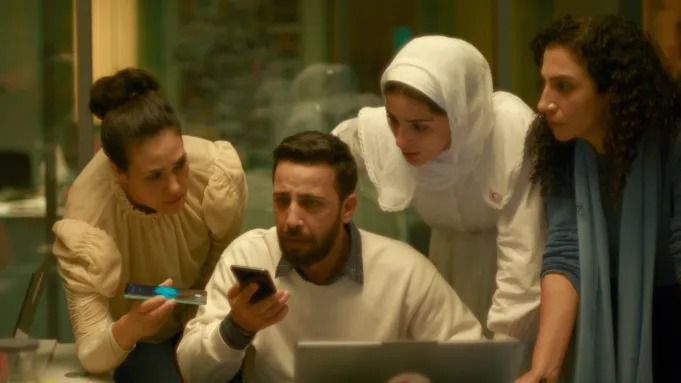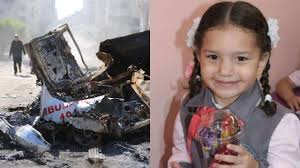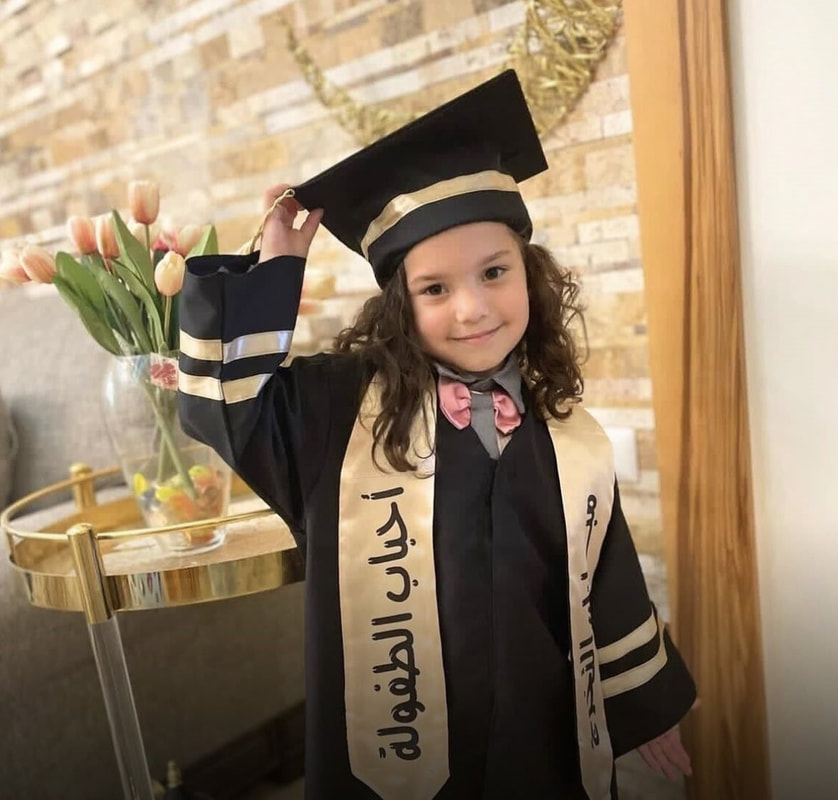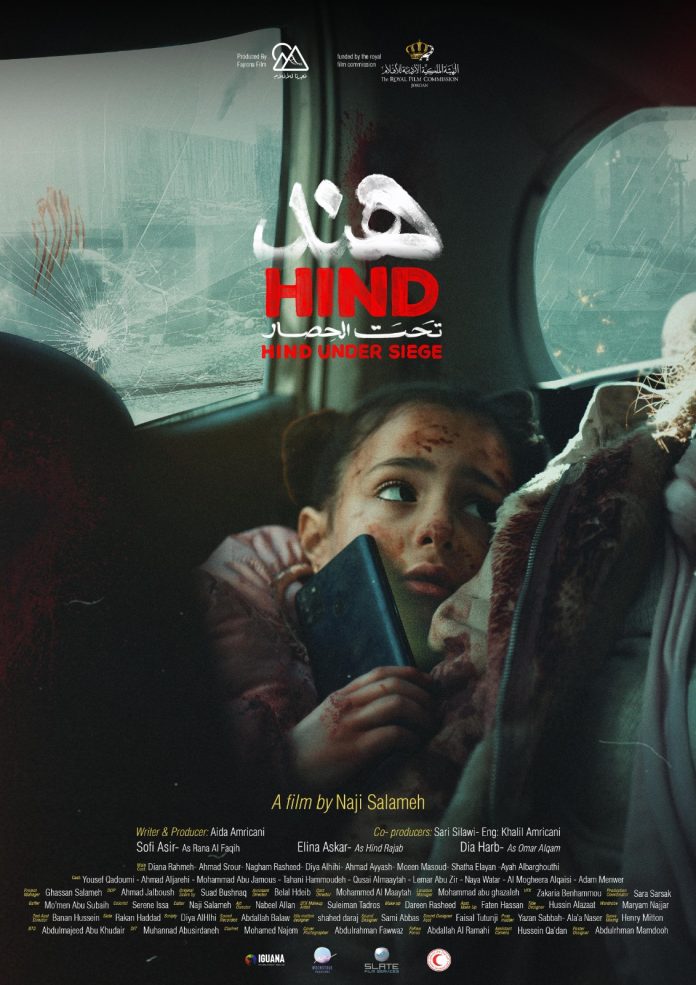When cinema makes you weep, we know how the horror runs deep
– Atoofa Nasiha
Israeli snipers rained 355 bullets on six-year-old Hind Rajab who was trapped inside a bullet-riddled car in Gaza City on January 29, 2024. Her cousin, Layan Hamadeh, who was also in the car, had already been killed before Hind made her desperate call for help. Despite the perilous situation, the Palestinian Red Crescent Society (PRCS) and her family made coordinated efforts to reach her.
 Hind managed to call the PRCS herself, saying, “I’m so scared, please come. Come take me. Please, will you come?” She remained on the line for approximately three hours, providing updates on her condition and surroundings.
Hind managed to call the PRCS herself, saying, “I’m so scared, please come. Come take me. Please, will you come?” She remained on the line for approximately three hours, providing updates on her condition and surroundings.
In response, the PRCS, in collaboration with the Gaza Health Ministry, secured a safe passage for an ambulance to reach the location. However, as the ambulance neared the area, it was reportedly targeted by Israeli snipers. The crew reported being aimed at with laser beams, and shortly thereafter, communication was lost. The fate of the ambulance crew and Hind remained unknown until twelve days later, when the bodies of Hind, her family members, and the two paramedics who attempted the rescue were discovered. The car had been completely destroyed.
The PRCS has accused the Israeli military of deliberately targeting the ambulance, despite prior coordination to allow its passage. The incident has been widely condemned as a violation of international humanitarian law.
 Hind Rajab became globally renowned not only because of the tragic circumstances of her death but also through the international attention her story garnered. Her courage and the circumstances surrounding her final moments led to a nomination for the Nobel Peace Prize, highlighting her symbolic significance as a child caught in conflict. Additionally, the film The Voice of Hind Rajab, which premiered at the 2025 Venice Film Festival, amplified her story worldwide, turning her cry for help into a powerful testimony that resonated with audiences, activists, and world leaders alike.
Hind Rajab became globally renowned not only because of the tragic circumstances of her death but also through the international attention her story garnered. Her courage and the circumstances surrounding her final moments led to a nomination for the Nobel Peace Prize, highlighting her symbolic significance as a child caught in conflict. Additionally, the film The Voice of Hind Rajab, which premiered at the 2025 Venice Film Festival, amplified her story worldwide, turning her cry for help into a powerful testimony that resonated with audiences, activists, and world leaders alike.
The Film’s Approach
Directed by Tunisian filmmaker Kaouther Ben Hania, The Voice of Hind Rajab centers on the real-life audio recordings of Hind’s final phone call.
 The film does not show explicit violence, instead focusing on the emotional turmoil within the Red Crescent dispatch center as responders try to coordinate her rescue. This approach emphasises the human cost of conflict without sensationalism.
The film does not show explicit violence, instead focusing on the emotional turmoil within the Red Crescent dispatch center as responders try to coordinate her rescue. This approach emphasises the human cost of conflict without sensationalism.
Audience Reaction
The film premiered at the 2025 Venice Film Festival, where it received a record-breaking 23-minute standing ovation. Audience members were visibly moved, with many in tears, as the portrayal of Hind’s innocence and the tragedy of her death resonated deeply. The restrained storytelling and emotional depth left a lasting impact on viewers.
The Political Context
Hind’s death has become a symbol of the broader humanitarian crisis in Gaza. The film indirectly critiques global inaction, highlighting the failure of international bodies to prevent such tragedies. Figures like Greta Thunberg and Nkosi Zwelivelile Mandela have expressed solidarity, emphasising the need for civilian-led movements to address the injustices faced by Palestinians.
What Critics Are Saying
Critics have praised the film for its emotional intensity and political significance. The Guardian described it as “one of the most powerful political films of the decade,” highlighting its unflinching portrayal of a child’s final moments. Reuters noted the film’s ability to convey the urgency and despair of the situation without resorting to graphic imagery.
Impact Beyond Cinema
The Voice of Hind Rajab goes beyond art, serving as a poignant reminder of the human cost of conflict. The film’s portrayal of Hind’s final plea has sparked global discussions about accountability and the protection of civilians in war zones. Her mother’s hope that the film will “help stop this destructive war and save the other children of Gaza” reinforces the urgency of the message.
The Film Experience
The film’s 89-minute runtime follows events in near real-time, focusing on the dispatch center’s efforts to rescue Hind. The use of her actual voice recordings adds authenticity and emotional weight, allowing viewers to feel the urgency and helplessness experienced by the responders. The minimalist style strengthens the impact, making Hind’s story all the more compelling.
The Voice of Hind Rajab is not just a film; it is a call to action. Hind’s voice, preserved through this cinematic work, continues to demand justice and accountability. As her mother poignantly stated, “How many more mothers are you waiting to feel this pain? How many more children do you want to get killed?” The film highlights the ongoing need for global intervention to protect innocent lives.
Sources and References:
- Reuters
- Al Jazeera
- The Guardian
- Vulture
- Cadena SER




